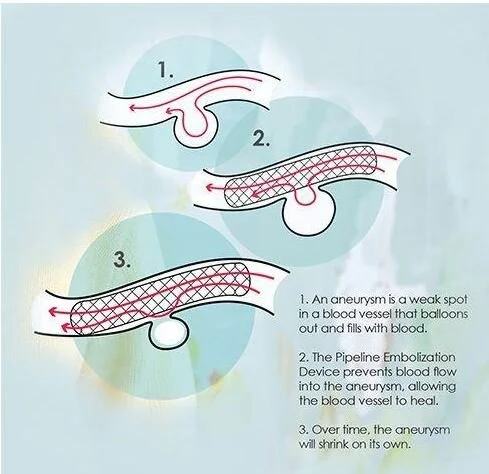A 41 y.o. male comes to the ED for "dehydration" and confusion
His CT is shown below
What do you notice on his CT?
Our patient had the classic “star of death” of a nontraumatic subarachnoid hemorrhage that was unfortunately read as normal by a radiology resident. This prompted an LP to ro meningitis and the csf is pictured below. No xanthochromia was noted in spite of the fact that more than six hours had elapsed since the onset of symptoms.
The first two tubes were from one space and the second two were from the space above.
Subarachnoid hemorrhage is an acute neurological disease that affects over 30,000 people every year in the US. It remains a major case of premature mortality in spite of advances in management. It is estimated that 43% of patients die immediately with a total of 57% dying within six months. The risk factors for mortality include poor clinical status at presentation, older age, large aneurysm size and cerebral infarction from vasospasm. Cardiac dysfunction can also occur from increased levels of sympathetic function.
The star of death is formed by blood outlining the base of the brain.
Nontraumatic subarachnoid hemorrhage can be very difficult to diagnose because 30-50% of patients will have a sentinel bleed. This is a tiny bleed causing headache but not meningeal irritation or elevated ICP. These bleeds can occur a few months to a few hours before the aneurysm rupture. They are often not visible on CT because they are thought to be due to an expanding aneurysm with only a tiny amount of blood loss.
Mass effects of expanding aneursyms vary by location.
-Posterior communicating aneursyms can cause third nerve palsy
-Middle cerebral artery aneursyms can cause contralateral face of hand paresis, and aphasia (left side) or contralateral visual neglect (right side).
-anterior communicating anerusyms cause bilateral leg paresis and bilateral Babinski signs
-Basilar artery aneursyms cause vertical gaze paresis and coma
Circle of Willis
Our patient had a pipeline (a bypass) of the R posterior communicating aneurysm. Beading of the internal carotids was thought to be due to fibromuscular dysplasia. His course was complicated by hyponatremia and hypertension but he is improving.
Lantigua H, Ortega-Gutierrez, Schmidt M, et al , Schmidt J. et al. Subarachnoid hemorrhage: who dies and why? Crit Care 2015;19(1):309.
Komotar Rk Schmidt J, Starke R, et al. Resuscitation and critical care of poor-grade subarachnoid hemorrhage. Neurosugery 2009;64:397-410.
McCormack R, Hutson A. Can computed tomoagraphy angiography of the brain replace lumbar puncture in the evaluation of acute-onset headache after a negative noncontract cranial computed tomography scan? Acad Emerg Med 2010 Apr.174):444-51.
Gottlieb M, Morgenstern J. Lumbar puncture should not be routinely performed after a negative head CT. Annals of emer med vol 77 (6) June 1, 2021 643-645.




